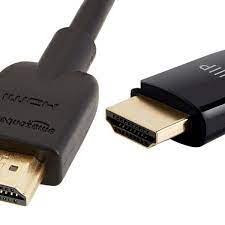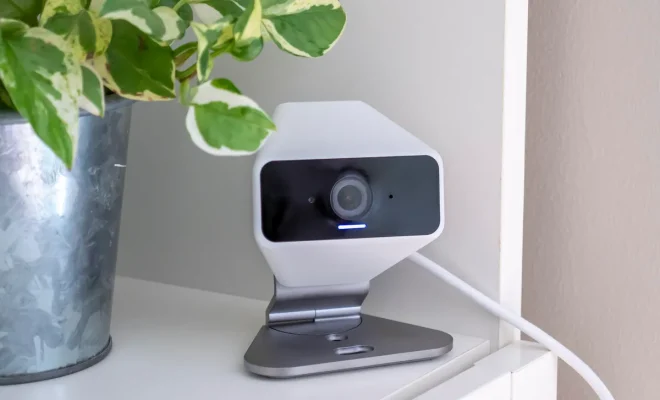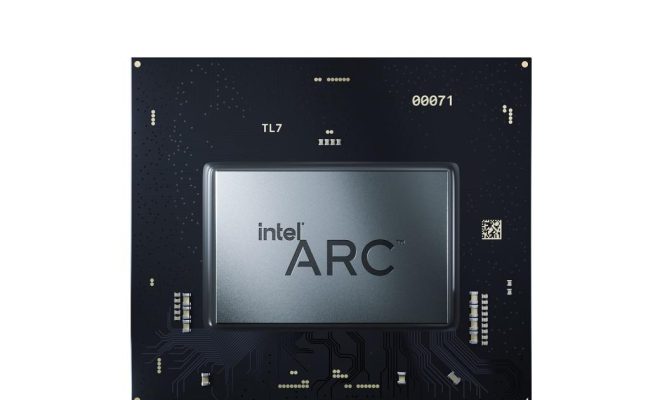HDMI 2.0: What you need to know

In today’s high-definition world, HDMI (High-Definition Multimedia Interface) cables have become the go-to choice for connecting various devices to transmit high-quality audio and video signals. As technology evolves, so do the standards and specifications of these cables, leading to the development of HDMI 2.0. In this article, we will discuss what HDMI 2.0 is and why it matters.
Understanding HDMI 2.0
HDMI 2.0 is a significant upgrade from its predecessor, HDMI 1.4, and offers a host of new features to support higher resolutions, frame rates, and data transfer rates. Adopted in September 2013, HDMI 2.0 was designed to meet the demands of emerging technologies such as Ultra High Definition (UHD) and 4K displays.
Key Features
1. Increased Bandwidth: One of the most notable features of HDMI 2.0 is its increased bandwidth capacity of up to 18 Gbps, making it possible to transmit higher quality signals without loss or degradation.
2. Enhanced Resolutions: HDMI 2.0 supports resolutions up to 4K (3840 x 2160 pixels) at a refresh rate of 60 Hz, which results in smoother video playback and improved gaming experiences.
3. Expanded Color Range: With support for up to 32 audio channels and a higher dynamic range (HDR), HDMI 2.0 can deliver more vivid and lifelike colors compared to previous versions.
4. Dual Video Streams: The ability to transmit two simultaneous video streams on a single screen allows users to view multiple sources at once, an ideal feature for split-screen gaming or multitasking.
5. Improved Audio Support: HDMI 2.0 offers support for up to 1536 kHz audio sample frequency, ensuring compatibility with high-resolution audio formats like Dolby Atmos and DTS:X.
Do You Need HDMI 2.0?
If you own or plan to purchase a 4K TV or any device that supports Ultra High Definition content, upgrading to HDMI 2.0 is essential. It will ensure that your devices and cables can handle the increased bandwidth and provide optimal performance. However, if your devices are limited to 1080p resolution or lower, sticking with your current HDMI cable should suffice.
Compatibility
One of the advantageous features of HDMI is its backward compatibility, which means that even if you upgrade to an HDMI 2.0 cable, it will still work with your older HDMI devices without any issues. However, to enjoy the full benefits of HDMI 2.0, both the source and display devices must support this version.
In Conclusion
HDMI 2.0 has become increasingly relevant as consumers demand higher quality audio and video experiences with their devices. As technology continues to advance, it’s essential to stay informed about the latest developments and ensure your devices and cables are up-to-date. By understanding the key features of HDMI 2.0, you’ll be better equipped to make informed decisions when upgrading or purchasing new equipment.





